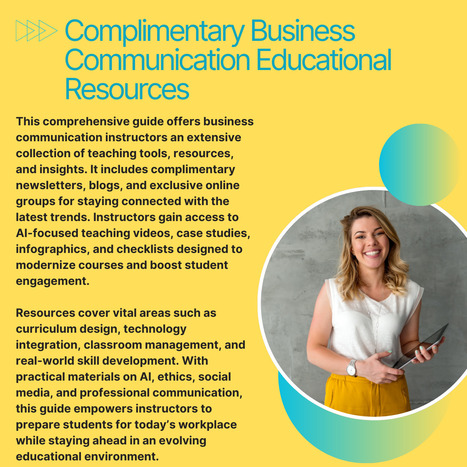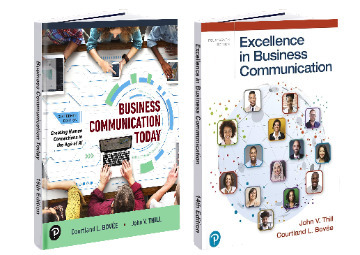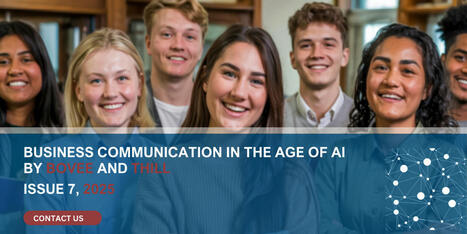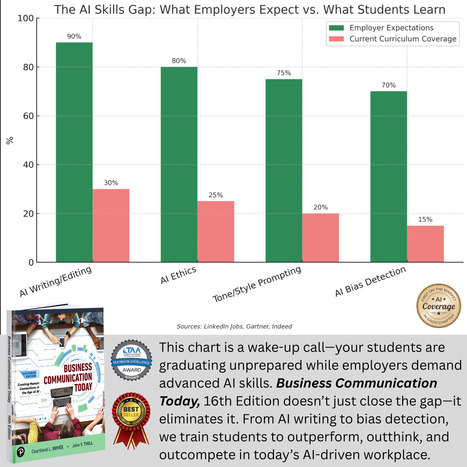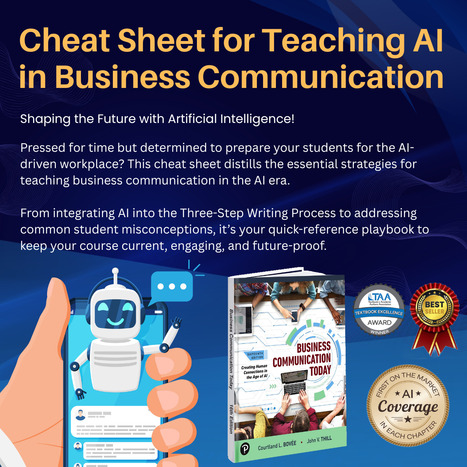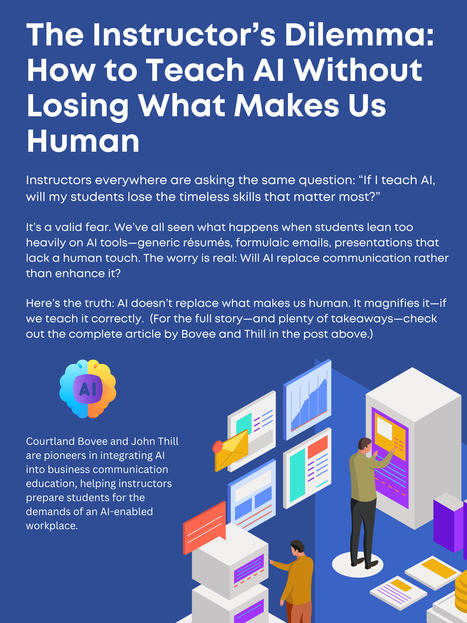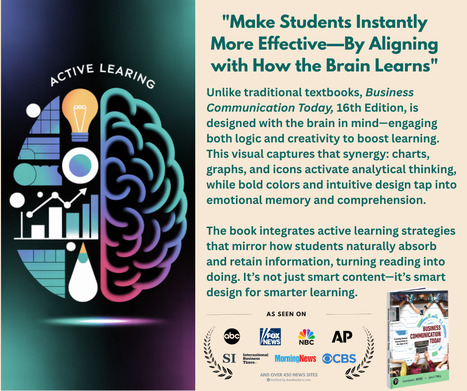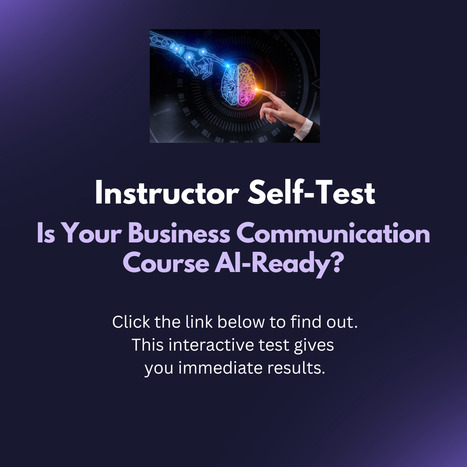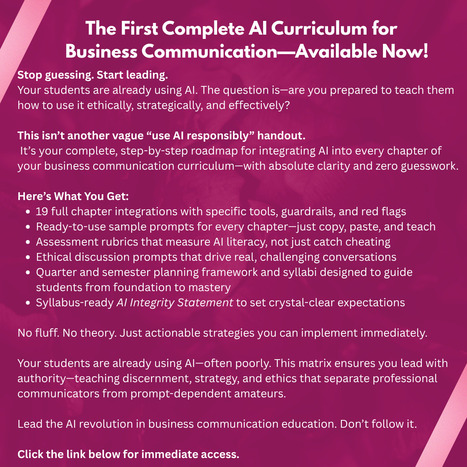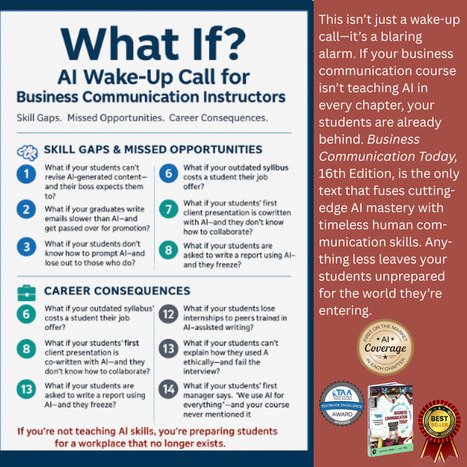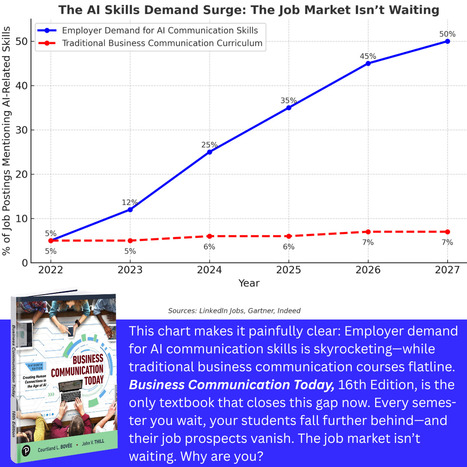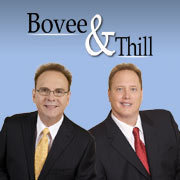
We hope the new year and your current term are off to a successful start. Once again, we would like to salute your efforts in helping students get ready for the communication challenges and scenarios they will face on the job.
With every new edition of the three titles in the Bovée-Thill business communication series, we look for opportunities to add topics and features to help you in this important effort—and to make the course as satisfying, entertaining, and successful as possible.
Following on the recent launch of the Fifteenth Edition of our flagship text, Business Communication Today, this feels like a great time to highlight some of the advances in our texts that help students get ready for the practices and expectations of today’s digital workplace.
Continuing our record of introducing major technological breakthroughs to the business communication course, our newest editions explore the exciting—and occasionally daunting—changes being brought about by artificial intelligence.
We refer to these innovations as intelligent communication technology, and we explore a variety of systems that students are likely to encounter during their job searches and potentially use on the job. These include augmented writing, real-time translation, virtual teammates, smart listening systems, résumé bots, and AI-assisted interviewing. We’re fascinated by the impact these technologies are beginning to have, and we think you and your students will be too.
On the subject of technology, today’s students have plenty of experience with digital, social, and visual media, but as you know not all that experience translates well to the business world. Our texts show students how to apply what they already know about media usage—and which habits they need to develop or change to succeed as professionals. For instance, our highlight box on developing professional-grade email skills points out five choices that writers need to make to graduate from social email to “business class.”
Speaking of the ever-evolving digital workplace, our latest editions keep up with changing business practices and contemporary employer expectations to make sure students enter the workforce primed and ready. A good example of shifting and sometimes confusing standards is the vexing question of whether to use emojis. They are widely used (and often for good reason) but not universally accepted or universally appropriate, so we offer students in-depth advice on why and when they should consider using them.
In addition to covering emerging topics, we continue to add features to help you and your students. (These new features are available in Excellence in Business Communication 13e and Business Communication Today 15e.)
- Build Your Career activities guide students through creating their employment-communication packages chapter-by-chapter throughout the course so they’re ready to apply for jobs by the end of the term.
- Apply Your Skills Now highlight boxes help students apply communication skills they are learning in this course in their other classes and in their personal lives.
- Five-Minute Guides serve as handy reminders of the steps needed to accomplish a variety of fundamental communication tasks, from writing business email to planning reports and presentations.
Here's a video preview of our texts. If you haven't already done so, we invite you to order review copies. Or click here to get in-depth information on all three titles or to catch up on the latest posts from our blog.
We wish you and your students a positive learning experience this year!
All the best,
Court Bovee
John Thill




 Your new post is loading...
Your new post is loading...



